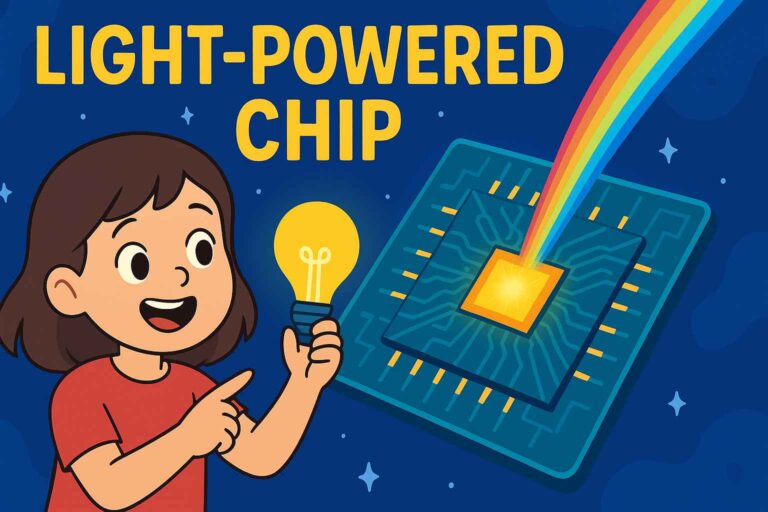
Amazon has officially entered the space internet arena, taking its first major step to compete with Elon Musk’s Starlink by launching the first batch of its Kuiper satellites.
🌐 What Is Project Kuiper?
Project Kuiper is Amazon’s ambitious plan to build a massive network of satellites in low Earth orbit (LEO). The goal? To provide fast, affordable internet access across the globe—especially in remote or underserved areas where traditional internet infrastructure falls short.
This idea isn’t new—SpaceX’s Starlink is already doing it with more than 8,000 satellites currently in orbit. But now, Amazon is stepping up with its own technology, aiming to create a powerful alternative.
🚀 The Launch Details
After a delay due to bad weather, Amazon successfully launched 27 Kuiper satellites on Monday evening using a United Launch Alliance (ULA) Atlas V rocket. The launch took place at Cape Canaveral Space Force Station in Florida around 7 p.m. Eastern Time.
According to Caleb Weiss, a systems engineer at ULA, the launch had a “smooth countdown” and “beautiful liftoff,” marking a promising start for the Kuiper program.
Once in space, the satellites are designed to orbit about 280 miles (450 kilometers) above Earth and begin initial tests to confirm they can communicate with Earth and adjust their positions independently—an important step for a functional satellite internet system.
🛰️ The Bigger Picture: A New Era of Global Connectivity
Project Kuiper will eventually involve over 3,200 satellites. By mid-2026, Amazon is required by the U.S. Federal Communications Commission (FCC) to have at least half of them—1,618 satellites—in orbit.
To meet this deadline, Amazon has already secured over 80 rocket launches with partners including:
- United Launch Alliance (ULA)
- SpaceX (yes, the same company behind Starlink)
- European launch provider Arianespace
- Blue Origin, Jeff Bezos’ own space company
This signals a rare moment of cooperation and competition between two tech giants—Bezos and Musk—as Amazon uses SpaceX rockets to build a rival to Starlink.
💰 How Much Will It Cost?
Amazon plans to invest up to $10 billion in building the Kuiper satellite network. While this is a huge upfront cost, the company believes Kuiper will eventually generate significant returns.
In a recent letter to shareholders, Amazon CEO Andy Jassy said that while the project will take time and money, it will become a strong source of operating income and ROIC (return on invested capital) in the long term.
🧠 Why It Matters
Satellite internet is more than just a cool tech trend. It can:
- Bring connectivity to rural schools and clinics
- Enable smart agriculture and remote sensing
- Support disaster response and emergency communications
- Drive global access to digital education and commerce
With Amazon entering the race, competition is likely to push the boundaries of innovation, lower costs, and improve services.
Bottom Line:
Amazon’s Project Kuiper has officially lifted off. While it’s still in early stages, it signals a serious effort to reshape how the world gets online—possibly bringing the internet to places it’s never reliably reached before. As the space internet race heats up, consumers around the world may be the real winners.






